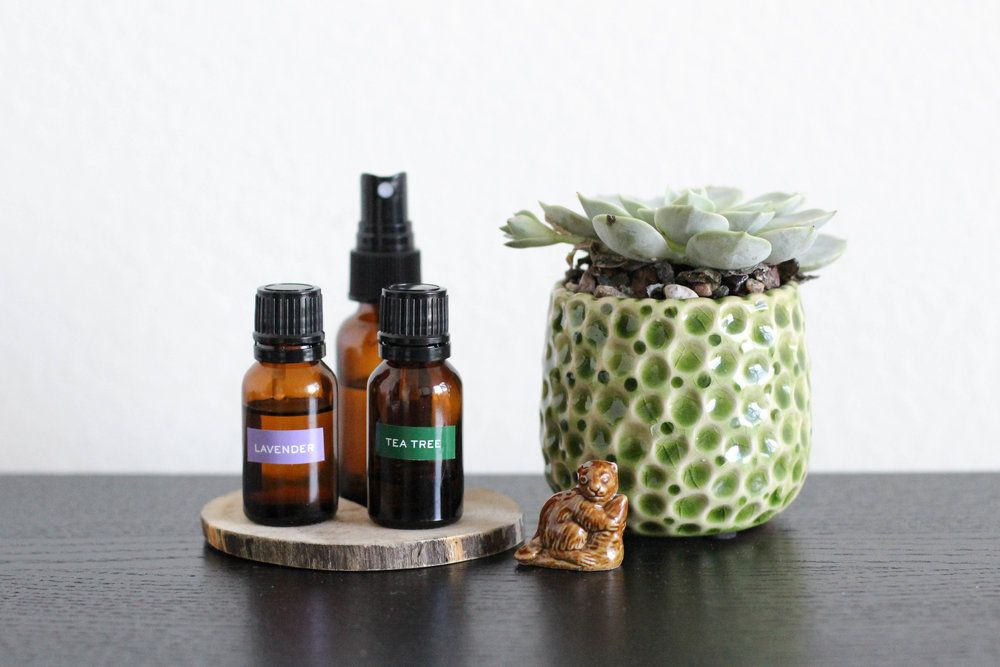Keep Your Succulents Pest-Free with This Simple Homemade Bug Spray
Succulents are gorgeous, low-maintenance plants that add life to any space However, even these hardy plants can fall victim to sap-sucking insects and fungi that leave them looking less than photo-ready. Before resorting to harsh chemical pesticides, try this easy homemade bug spray recipe tailored to protect succulents using common household ingredients.
Why Make Homemade Bug Spray for Succulents?
A homemade spray allows you to avoid toxic chemicals that could harm pets, children or the environment. Commercial pesticides also risk burning delicate succulent tissues.
Concocting your own natural bug repellent enables you to customize the ingredients to be plant-safe and non-toxic. It’s inexpensive, fast to mix up, and you control exactly what goes into it.
Homemade sprays are gentle enough to use preventatively on a regular basis to keep pests at bay. And they can be applied liberally without worry, ensuring full coverage of all plant surfaces.
How to Make Simple Succulent Bug Spray
This sucrose-friendly spray has just 3 basic ingredients you likely have on hand:
- 1 tablespoon olive oil
- 1 teaspoon dish soap
- 1 cup water
Olive oil works by coating and smothering soft-bodied insects like aphids, mealybugs and spider mites to block their breathing. The dish soap helps break down waxy coatings on these pests for better effectiveness. Water carries the solution and helps it stick to the plant.
You Will Need:
- Spray bottle, preferably with a fine mist setting
- Measuring spoons
- Funnel (optional)
Instructions:
-
Add 1 tablespoon of olive oil to your empty spray bottle.
-
Follow with 1 teaspoon of mild dish soap like Castile soap.
-
Top up with 1 cup of water. Tighten the cap and shake vigorously to emulsify and mix the ingredients.
-
To apply, mist succulent leaves, stems and soil thoroughly, coating all surfaces. Pay extra attention to the undersides of leaves and the bases of plants where pests hide.
-
Let sit for 30-60 minutes before wiping excess from succulent leaves to avoid residue buildup.
-
Repeat application every 1-2 weeks to repel recurring pests. Shake before each use.
Tips for Using Homemade Bug Spray on Succulents
-
Test on a small area first to ensure the oil won’t burn your variety of succulents.
-
Avoid spraying in direct hot sun which can increase burning risks.
-
Consider adding a few drops of lavender, peppermint or neem oil for extra insect-repelling power.
-
Spray more frequently if you notice bugs after the first application to knock out eggs/larvae.
-
Consider repotting badly infested plants in fresh sterile soil to eliminate all life stages.
-
Remove badly damaged leaves and discard in sealed bags, don’t compost.
When applied correctly, this simple homemade bug spray should suffocate and deter those pesky pests attacking your succulents. Both you and your plants can enjoy relief without resorting to harsh chemicals. Never hesitate to promptly treat succulent infestations before they escalate and cause major damage. A few basic ingredients are all you need to craft an effective pest control solution right in your own home.
How to Get Rid of Pests on Succulents | The Next Gardener
FAQ
What is a natural pest control for succulents?
Can you spray rubbing alcohol on succulents?
What can I spray my succulents with?
- A Complete Guide to Caring for Yuki Cherry Blossom Shrub - January 23, 2025
- Identifying Red Hot Poker Seeds: What to Look For When Harvesting Torch Lily Pods - January 23, 2025
- A Complete Guide to Harvesting Evening Primrose Seeds - January 23, 2025

